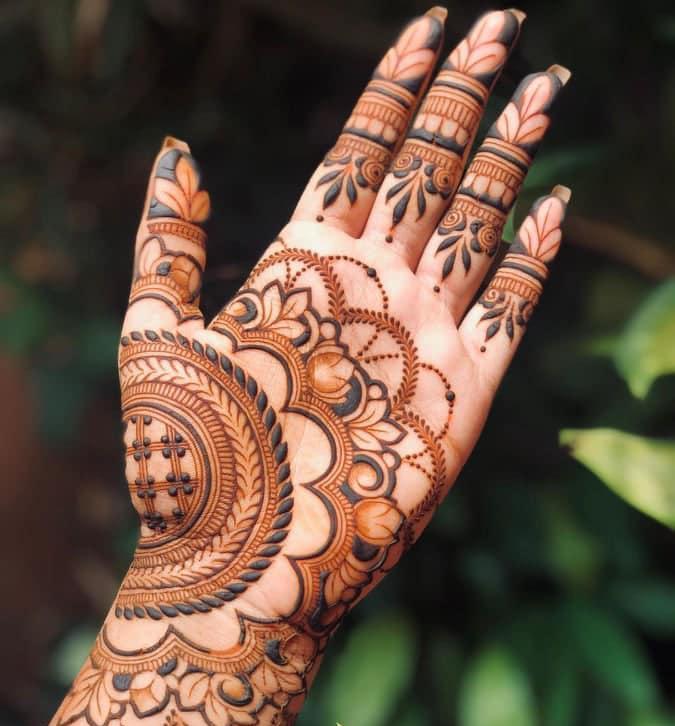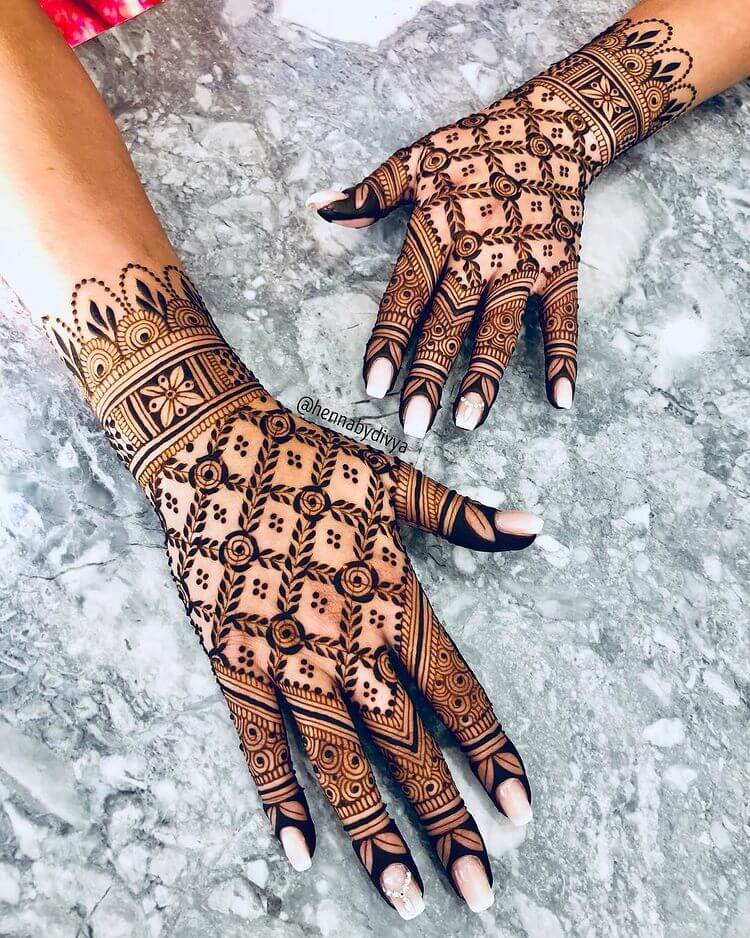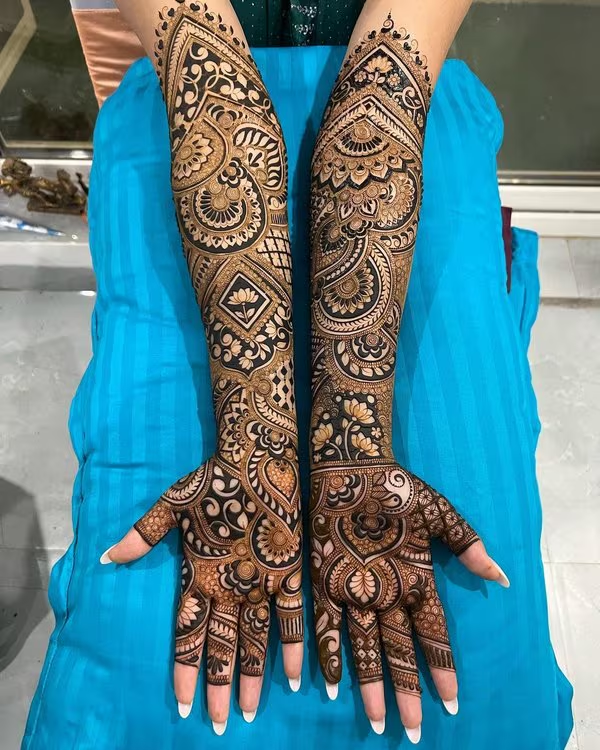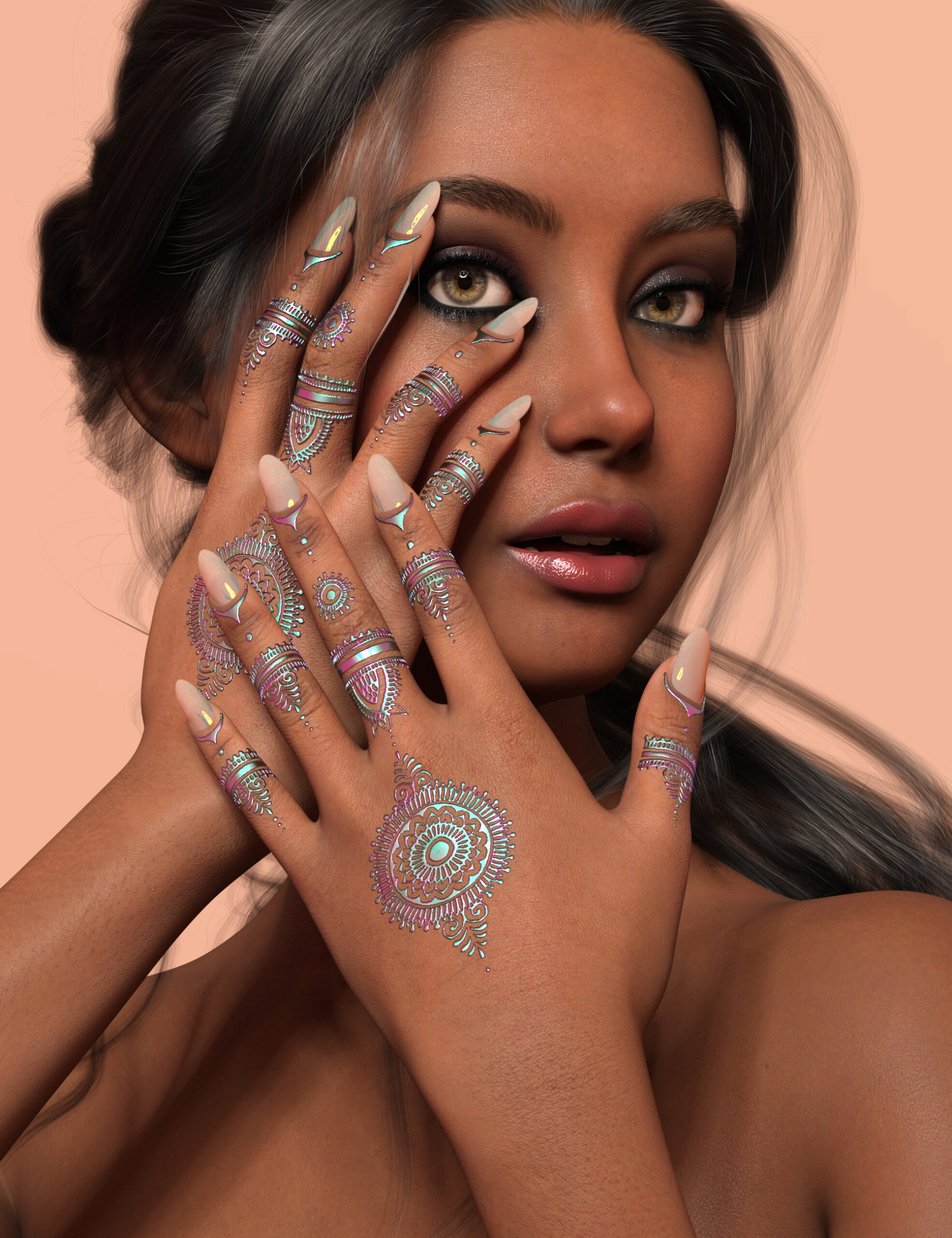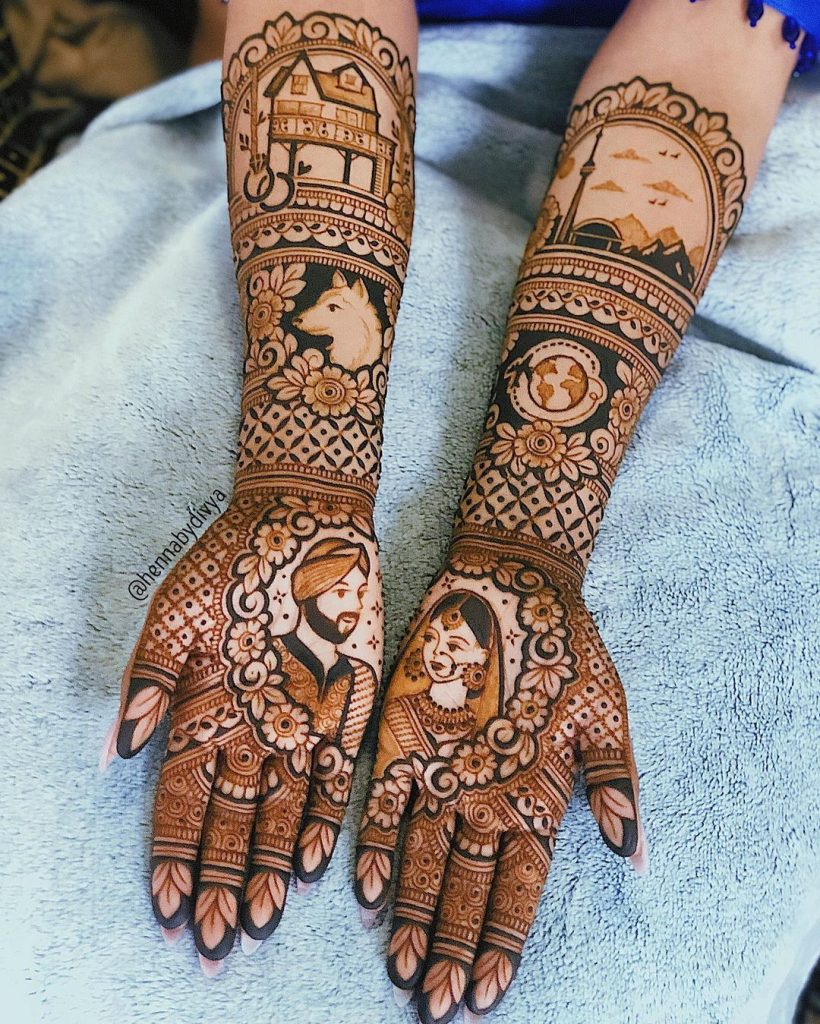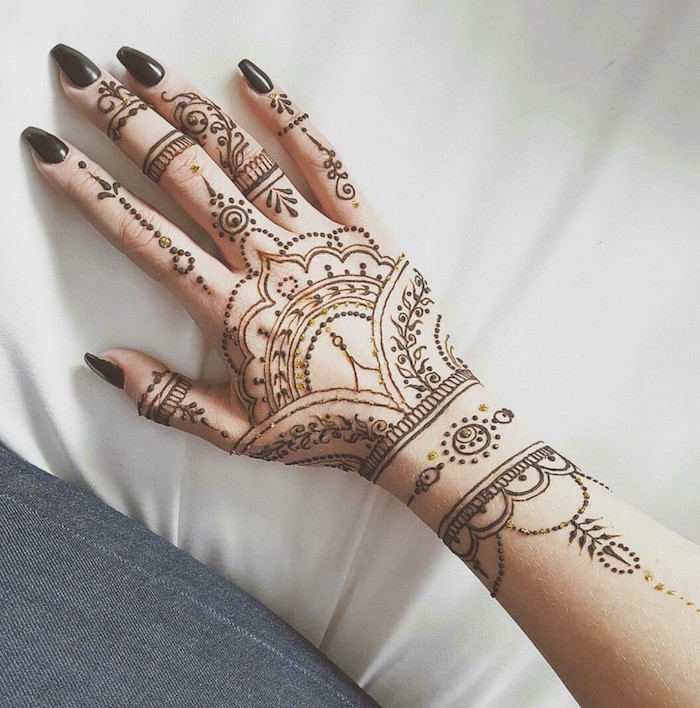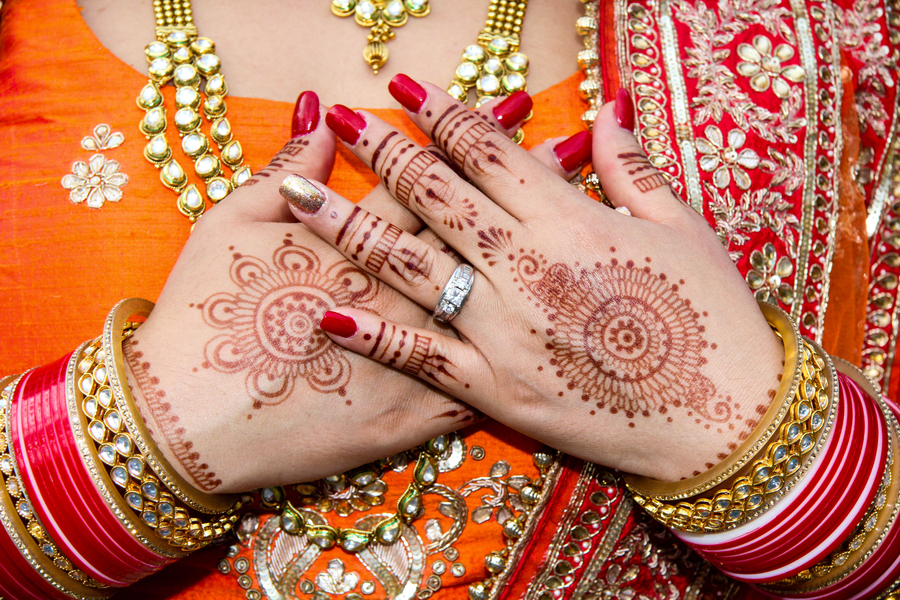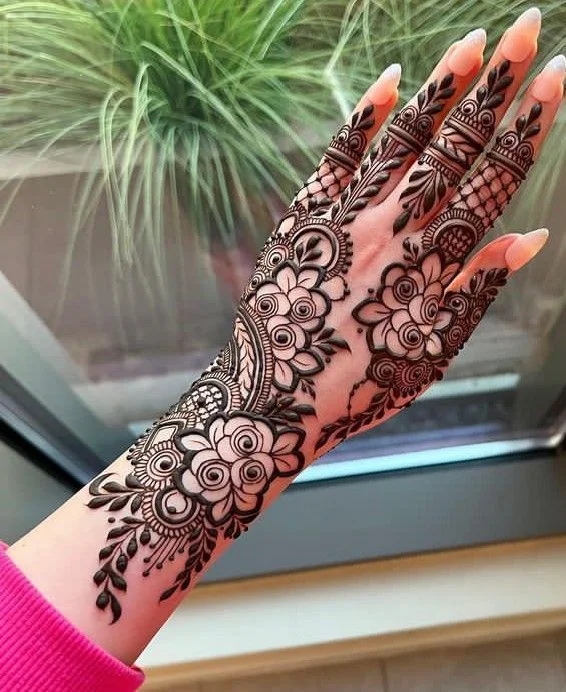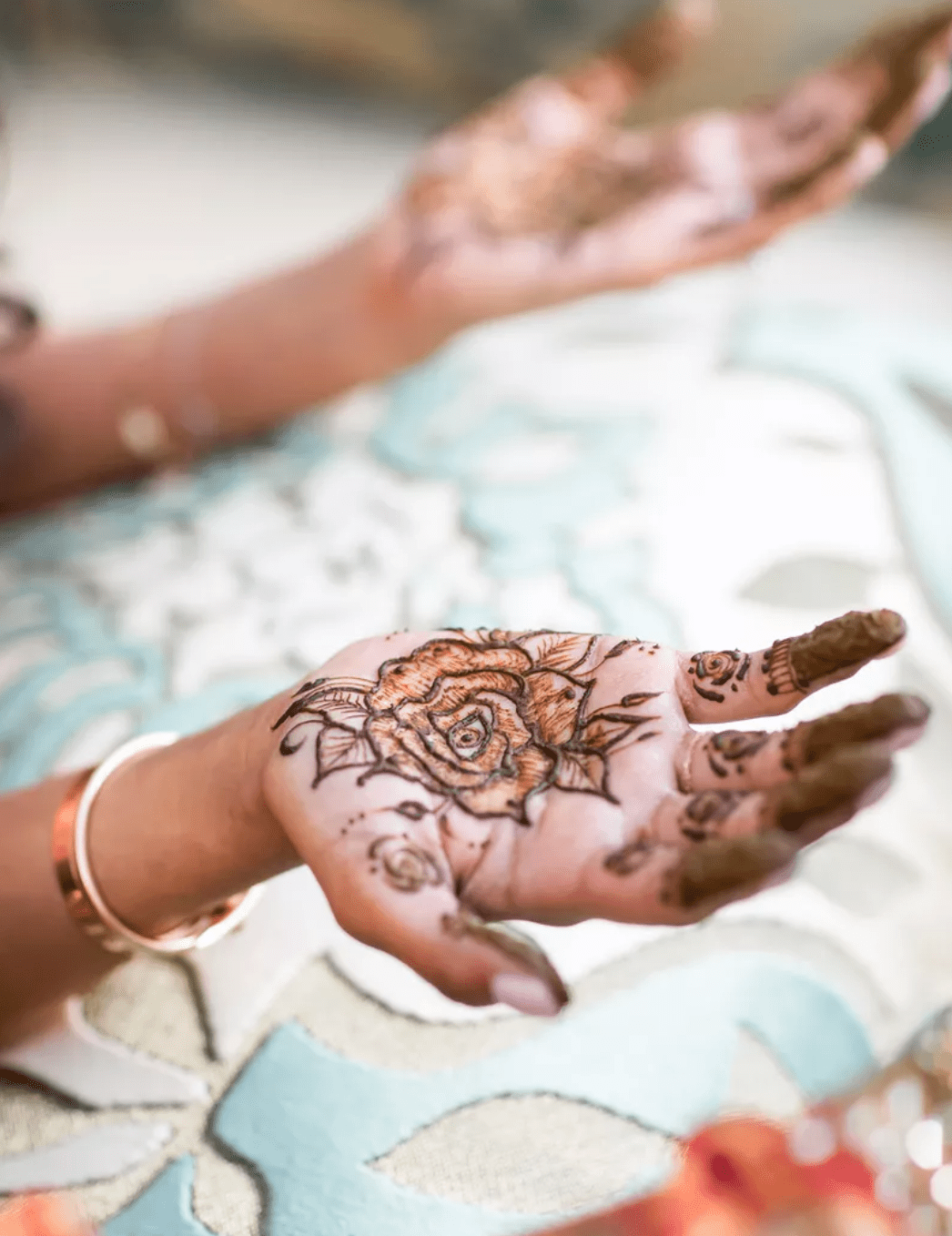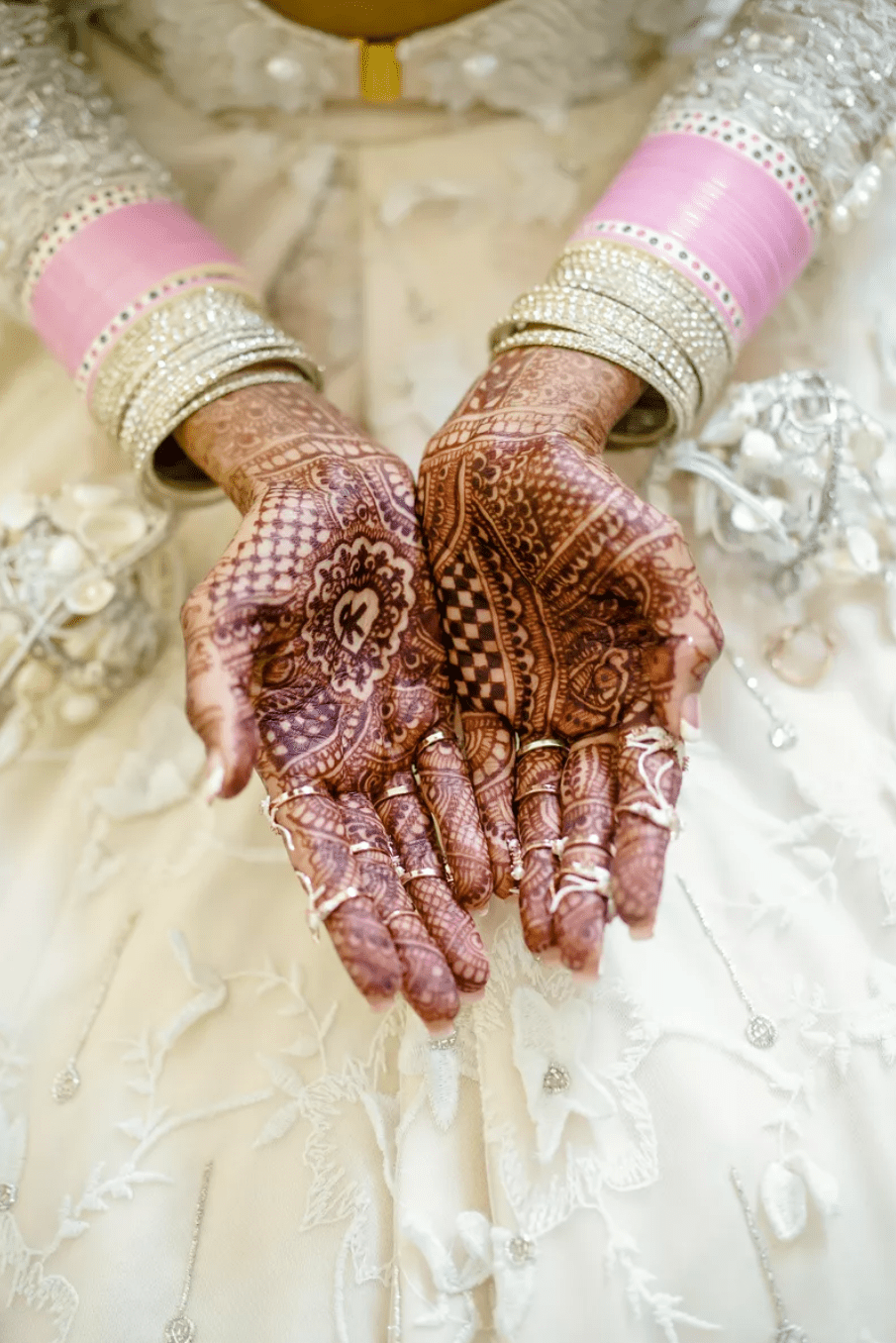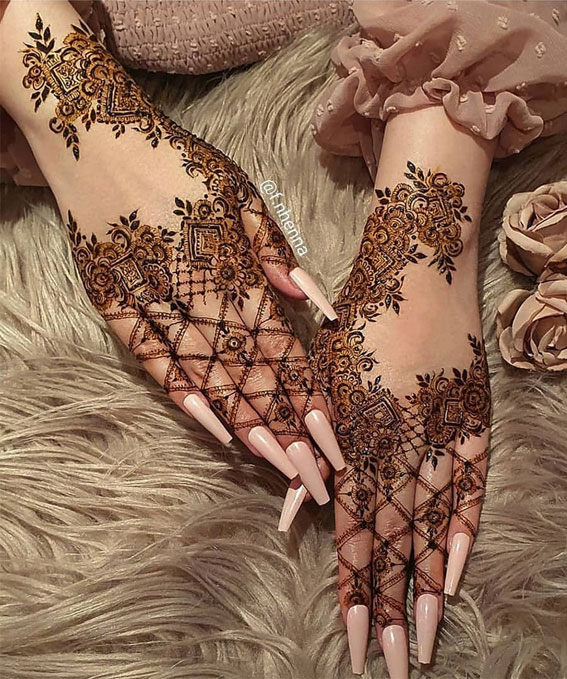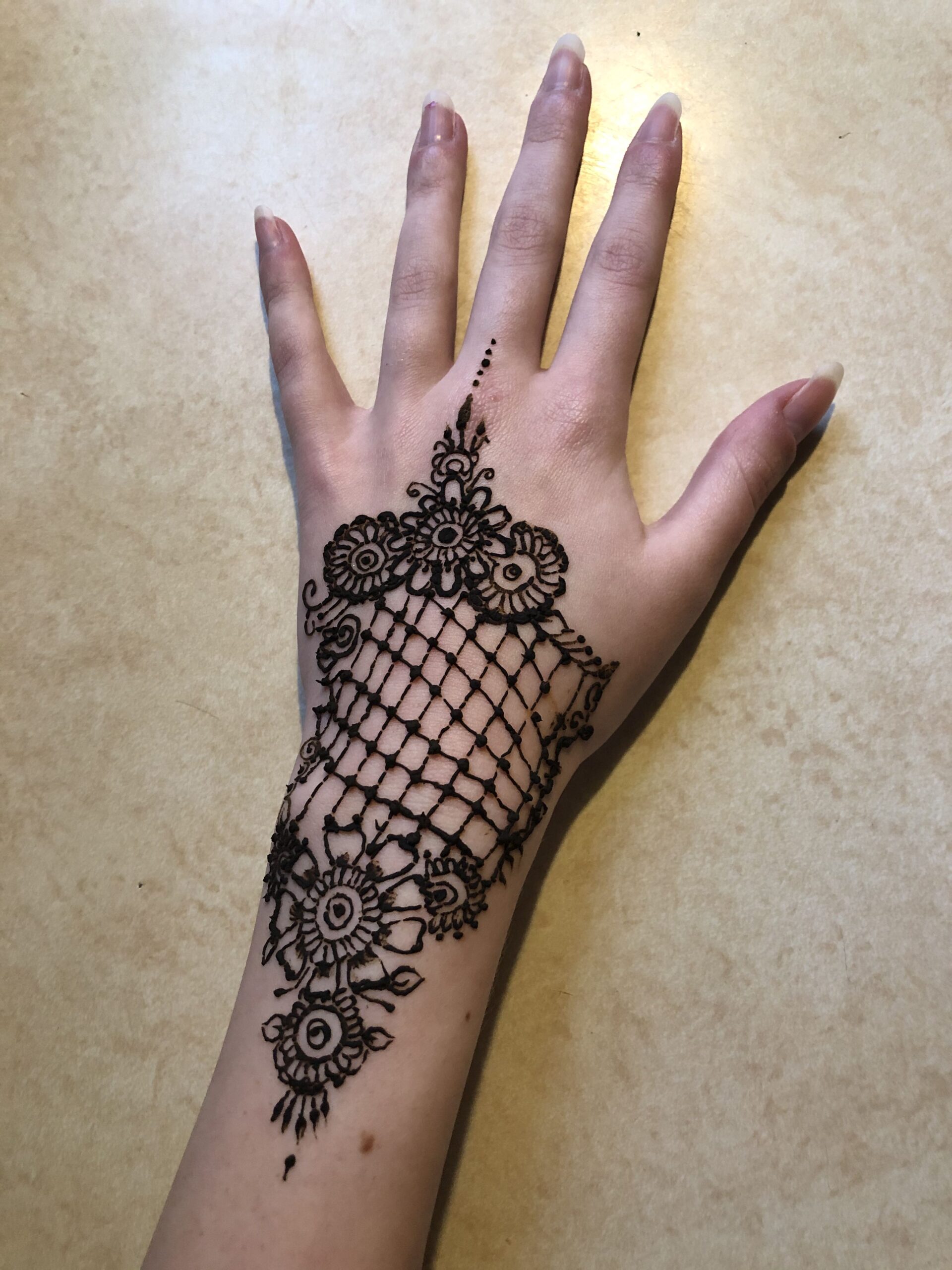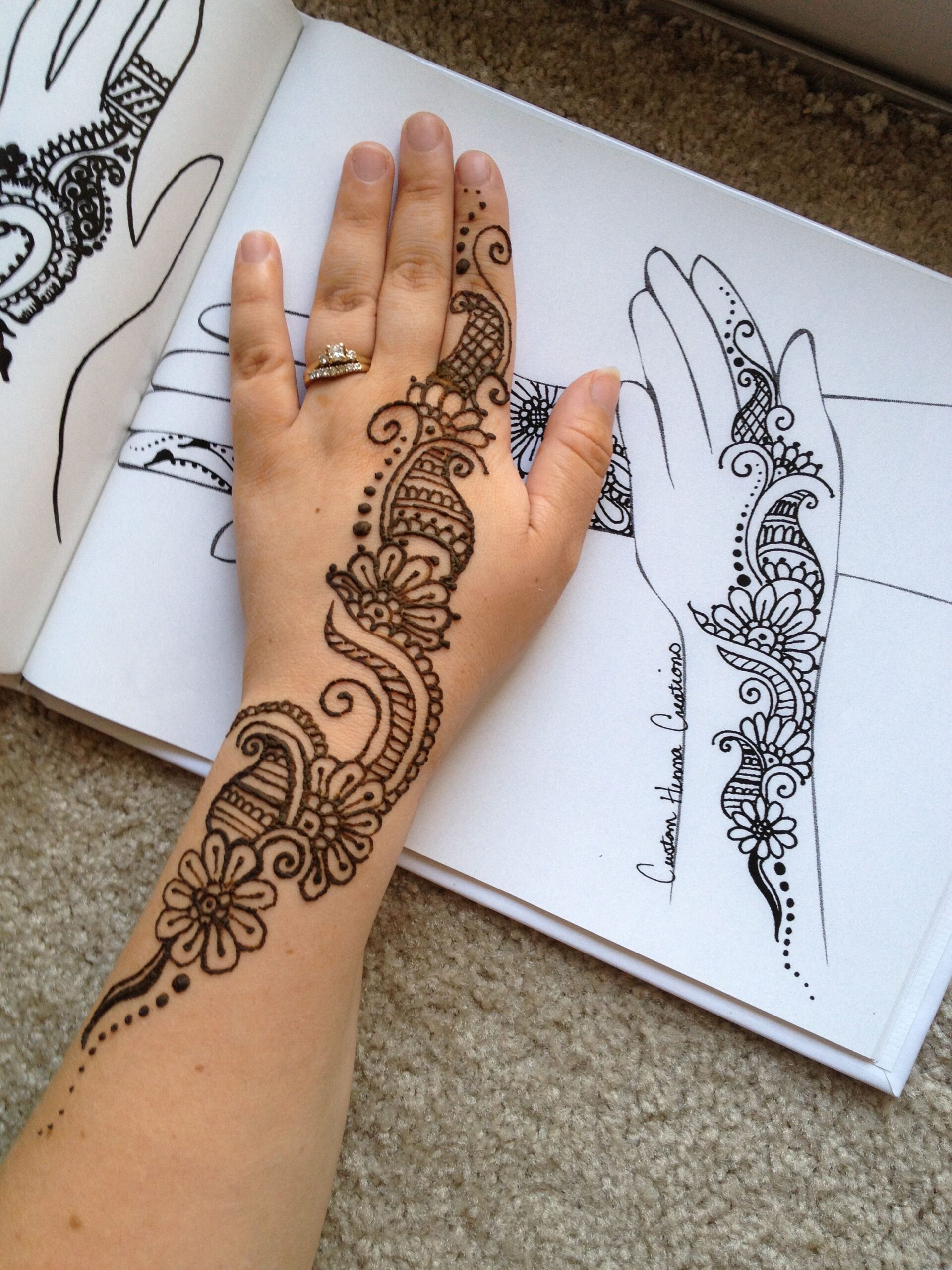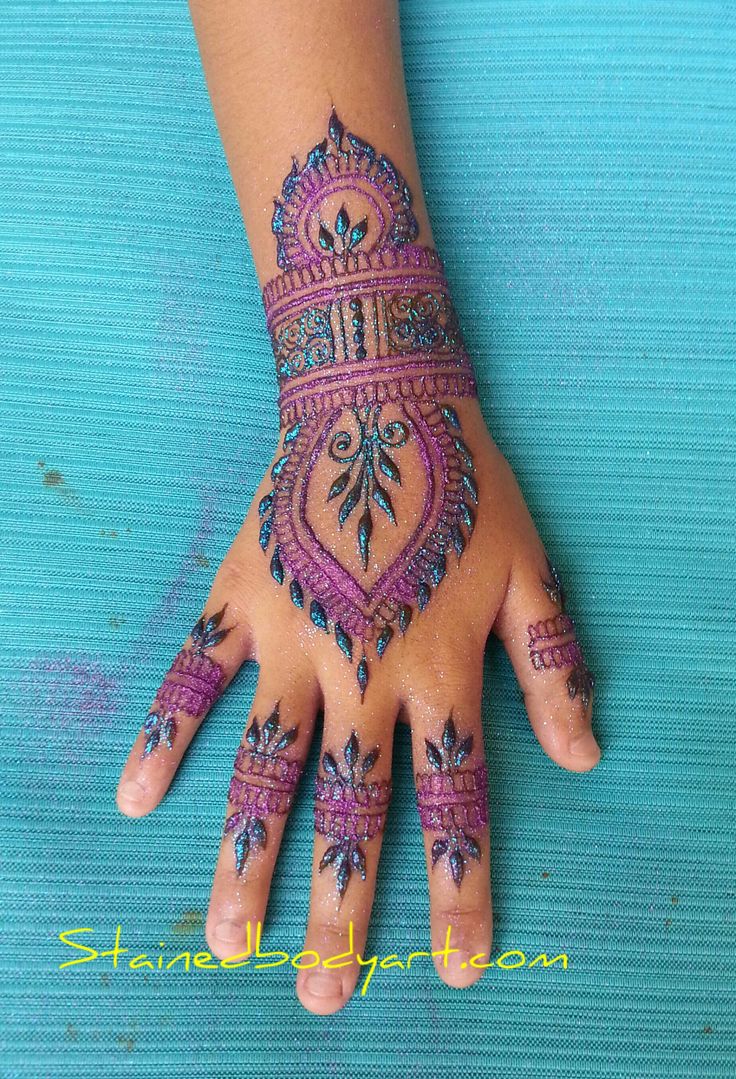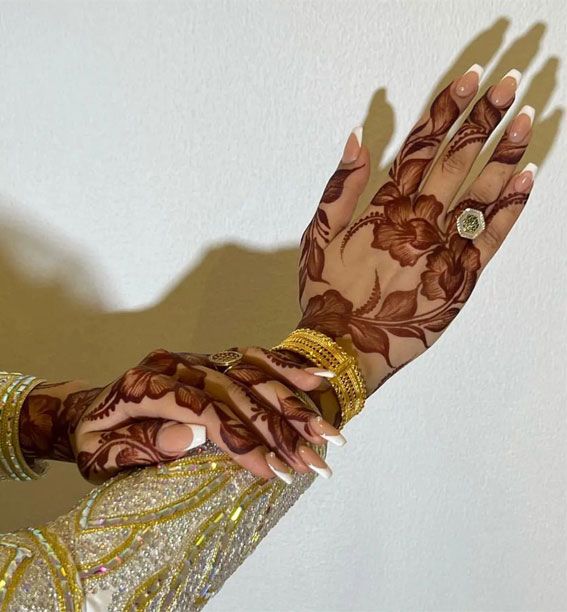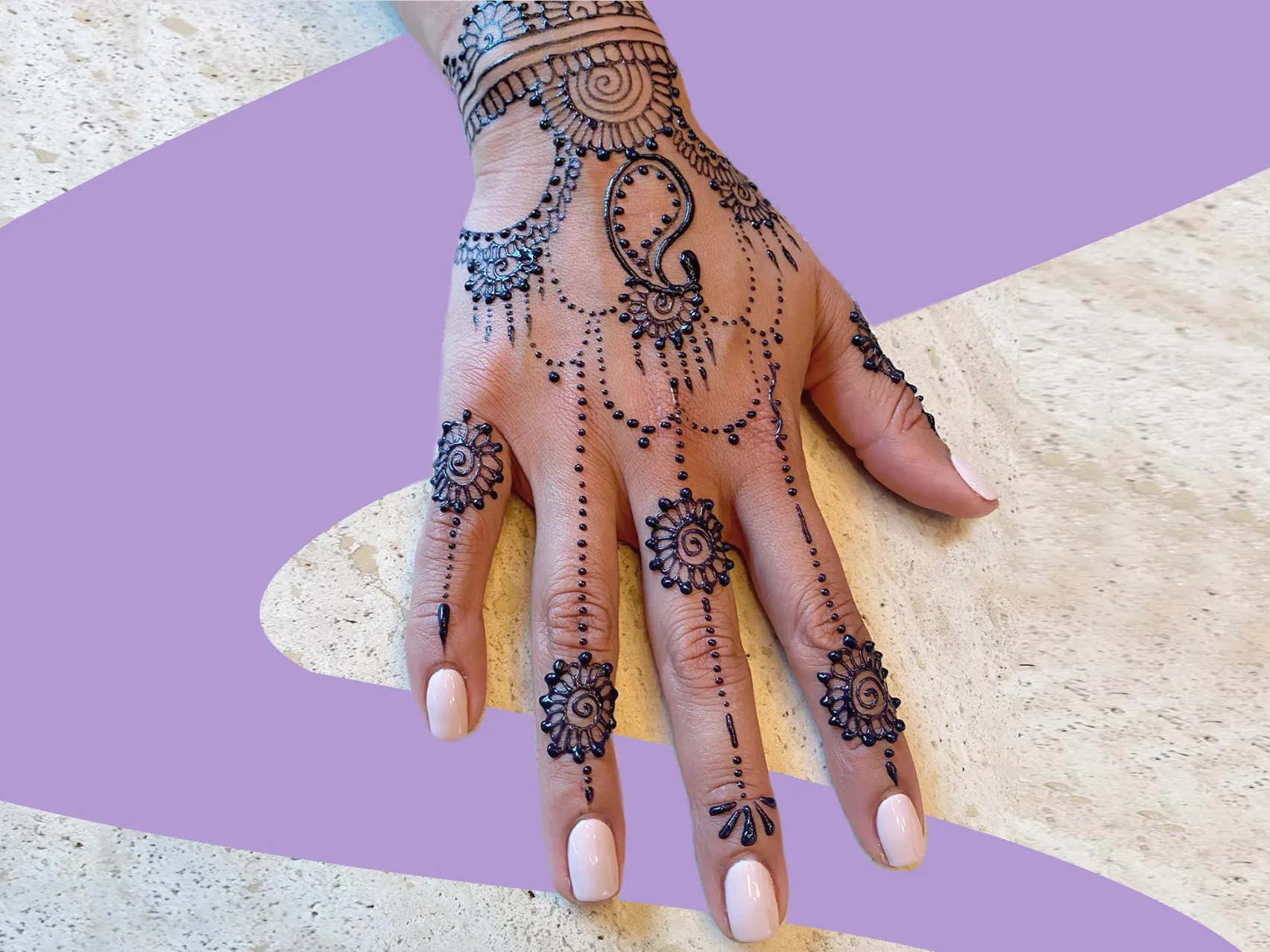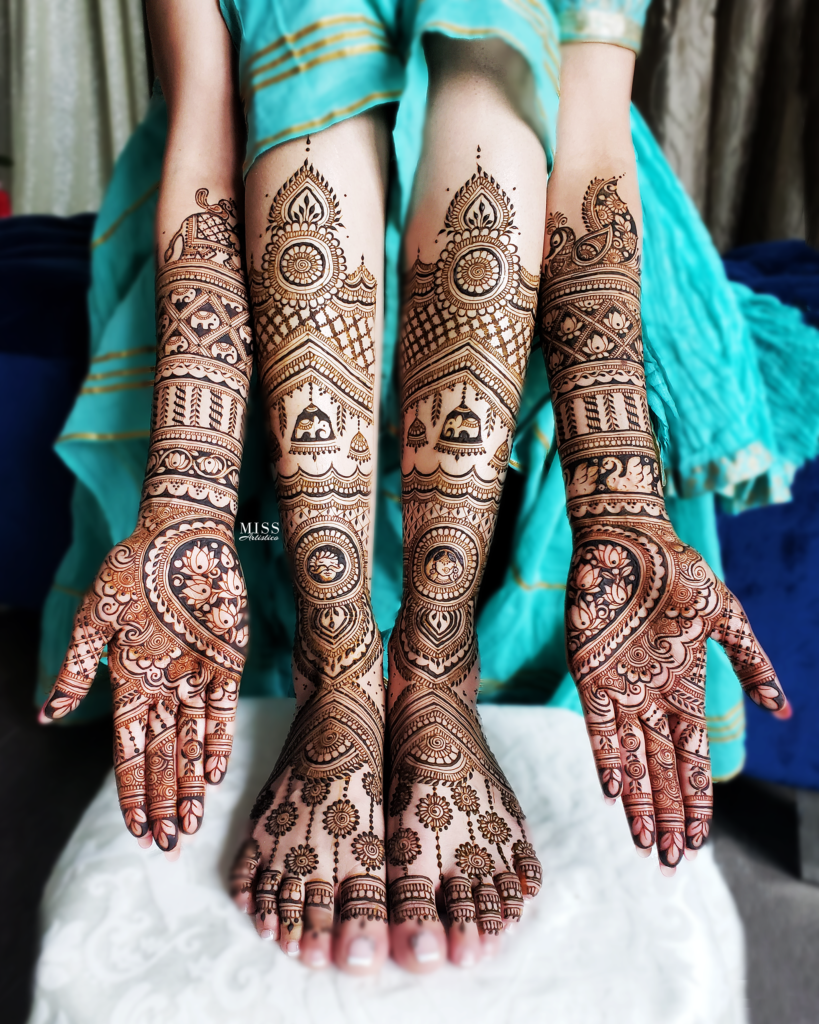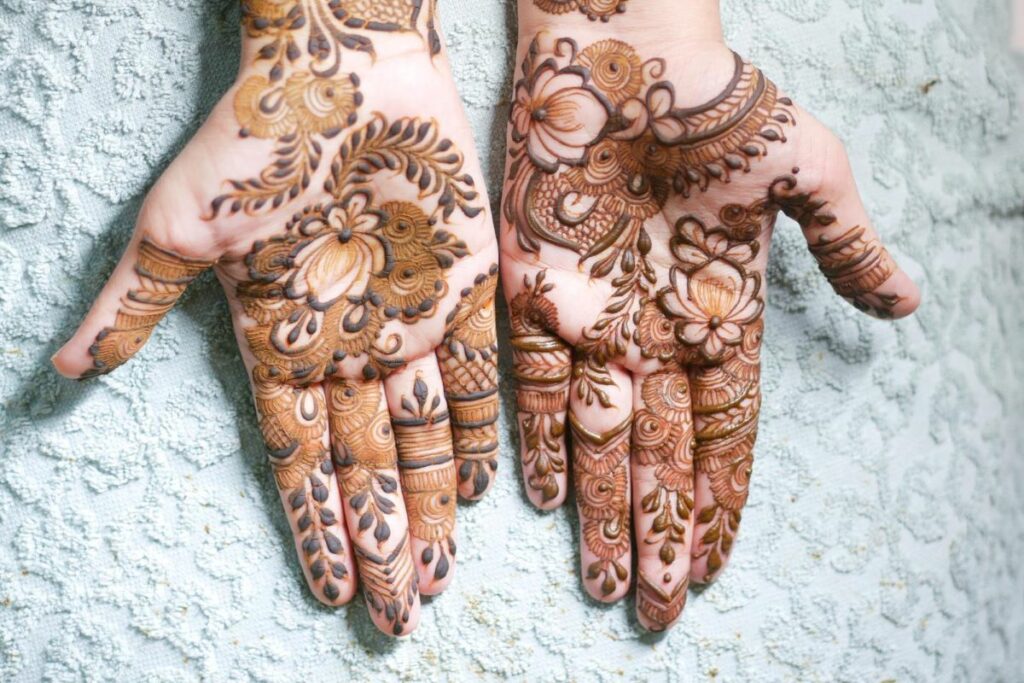In the world of tattoos, the canvas of self-expression is as vast as the imagination itself. One intriguing avenue that has gained widespread attention is the enchanting realm of flash tattoos. But what is a flash tattoo? These intricate designs offer a pre-drawn glimpse into the artistry of body ink, ready to grace the skin with elegance and style. From market flash tattoos that cater to popular choices, to collector flash tattoos that celebrate individuality, this art form captivates with its blend of tradition and modernity.
Join us as we venture into the world of flash tattoos, exploring their origins, significance, and the diverse spectrum they offer to those seeking a distinctive form of self-adornment.
What Is A Flash Tattoo?

Flash tattoos refer to standardized designs often depicted on paper or cardboard, prominently displayed on the walls or within folders within tattoo parlors. The array of choices within these studios can be truly captivating – even if you’re seeking a personalized tattoo, taking a moment to peruse these designs is always intriguing.
A flash tattoo is essentially a pre-colored and pre-drawn depiction of the intended tattoo design. It provides you with a visual representation of what the tattoo will look like on your skin before committing to the actual ink. Many tattoo studios offer flash designs, enabling you to choose from existing options if you’re not certain about a custom design.
These artistic representations come in various sizes, with 11×14-inch prints being a common format. In certain cases, a design might include a separate line drawing, created on a separate sheet. This practice allows the tattoo artist to avoid the need to redraw the outline for each individual tattoo.
Flash art can either be personally crafted by the tattoo artist themselves or acquired from another artist by the studio. In the past, local shops often hand-drew their own designs. Over time, professional flash artists began selling prints of their artwork at conventions and through online platforms.
While flash tattoos are a staple in traditional tattoo studios, they’re also prevalent in studios located within tourist-heavy areas. Whether rooted in tradition or catering to wanderers, flash tattoos offer a visual preview of what’s possible in the world of tattoo artistry.
History of Flash Tattoos
If you’ve ever stepped into a tattoo shop, you’ve likely found yourself captivated by walls adorned with an array of small designs spanning hearts, skulls, eagles, dragons, and an eclectic mix of subjects. These pre-drawn designs, commonly referred to as ‘flash,’ are a cornerstone in tattoo parlors worldwide. Crafted for efficient and swift tattooing, flash emerged in early 1900s New York through Lewis “Lew the Jew” Alberts. It soon became synonymous with tattoo artists on the go, whether within traveling circuses or among naval personnel, facilitating the tattooing process.
Beyond mere accessibility, flash sheets were frequently exchanged and sold among tattoo artists as a means of networking and communication, simultaneously expanding the range of flash options available to clients. Over the years, tattoo flash has stood the test of time. Timeless themes and motifs persist, while artists continue to introduce original concepts that highlight their unique style and specialization.
As technology evolves, flash becomes more accessible and readily shareable with a broader audience, seamlessly blending age-old traditions with the innovations of a new generation.
Different Types of Flash Tattoos
Flash tattoos come in two distinct categories: market flash and collector flash. Each category offers a different experience and level of uniqueness.

Market Flash Tattoos
Market flash tattoos encompass commonly seen designs that hold wide popularity. Examples include timeless motifs like hearts, anchors, and roses. Individuals seeking market flash tattoos typically peruse tattoo sheets featuring an array of prevalent designs. These tattoos are readily accessible and straightforward, making them ideal for those in search of a simple yet impactful ink choice. However, since these designs are widely recognized, there’s a possibility of encountering others with the same tattoo.
Collector Flash Tattoos
For those inclined towards distinctive artwork, collector flash tattoos provide an intriguing option. These designs are often crafted by specific artists or exclusive to particular studios. Unlike market flash tattoos, collector flash designs are notably unique, offering a rare chance of encountering someone with an identical tattoo. Each design carries a personal touch and holds the mark of an artist’s individual style. Collector flash tattoos are sought after for their authenticity and originality, showcasing a fresh approach to the concept of flash tattoos.
Flash Tattoos vs. Custom Ink: Choosing Your Tattoo Path
Flash Tattoos: Embracing Tradition and Convenience
Flash tattoos are pre-designed artworks that tattoo parlors offer to clients. These designs are typically displayed on walls or in binders, allowing you to choose from a range of options.
Flash tattoos offer a mix of convenience and familiarity. They are designed to be executed quickly, making them an excellent choice for those seeking a straightforward and efficient tattooing process. These designs often encompass popular motifs and themes that have stood the test of time. Moreover, flash tattoos can be an inspiration for those who are drawn to a particular style but seek customization to make it their own.
Custom Ink: A Personal Expression of Identity
Custom ink, on the other hand, allows you to dive into a world of personal expression. With custom tattoos, you collaborate directly with a tattoo artist to bring your unique vision to life. This path offers limitless creativity, enabling you to design a piece that holds deep meaning and significance. Whether you want to commemorate a special moment, honor a loved one, or simply showcase your individuality, custom ink empowers you to do so.
While custom tattoos involve a more intricate process, they reward you with a piece of art that is entirely your own. From concept to execution, you have the opportunity to work closely with your chosen artist, ensuring that every detail reflects your personality and story. Custom tattoos celebrate the artist’s skill in translating your ideas into a one-of-a-kind masterpiece.
Popular Flash Tattoo Ideas
One of the reasons why flash tattoos have become so popular is their versatility when it comes to design. There’s a flash tattoo for every mood, occasion, and personal style preference.
- Boho-inspired designs, such as feathers, dreamcatchers, and mandalas.
- Geometric shapes, such as triangles, diamonds, and hexagons.
- Floral patterns, such as roses, sunflowers, and daisies.
- Words and phrases, such as “love,” “peace,” and “namaste.”
- Glamorous designs, such as chains, bracelets, and chokers.
FAQs
- Are Flash Tattoos Customizable? While flash tattoos are pre-designed, some tattoo artists may offer minor customization options. You might be able to adjust colors, sizes, or small details to better suit your preferences.
- Are Flash Tattoos Temporary? Flash tattoos can be either permanent or temporary, depending on your choice. Permanent flash tattoos are applied using the traditional tattooing process. But, temporary flash tattoos can be applied like stickers or decals, allowing you to experiment with designs before committing to permanent ink.
- How Long Does the Tattooing Process Take? The duration of getting a flash tattoo varies based on the size, complexity, and placement of the design. Since flash tattoos are pre-drawn, the application process is usually quicker compared to custom tattoos. Smaller designs might take as little as 15-30 minutes, while larger ones could take a few hours.
- Can I Bring My Own Design for a Flash Tattoo? While flash tattoos are typically based on existing designs, some tattoo artists may be open to incorporating elements from your own ideas into the design. However, this might shift the tattoo from a true “flash” design to a more customized one. It’s a good idea to discuss your preferences with the artist before making a decision.
Conclusion
Flash tattoos are a fun and trendy way to add some sparkle to your look without committing to permanent ink. With their easy application, versatile designs, and temporary nature, they’re perfect for experimenting with different styles and moods.
Whether you’re heading to a music festival, a pool party, or just want to try something new, flash tattoos offer an easy and affordable way to express yourself and stand out from the crowd.
So next time you’re looking for a little extra bling, consider giving flash tattoos a try. Who knows? You might just discover your new favorite accessory.


